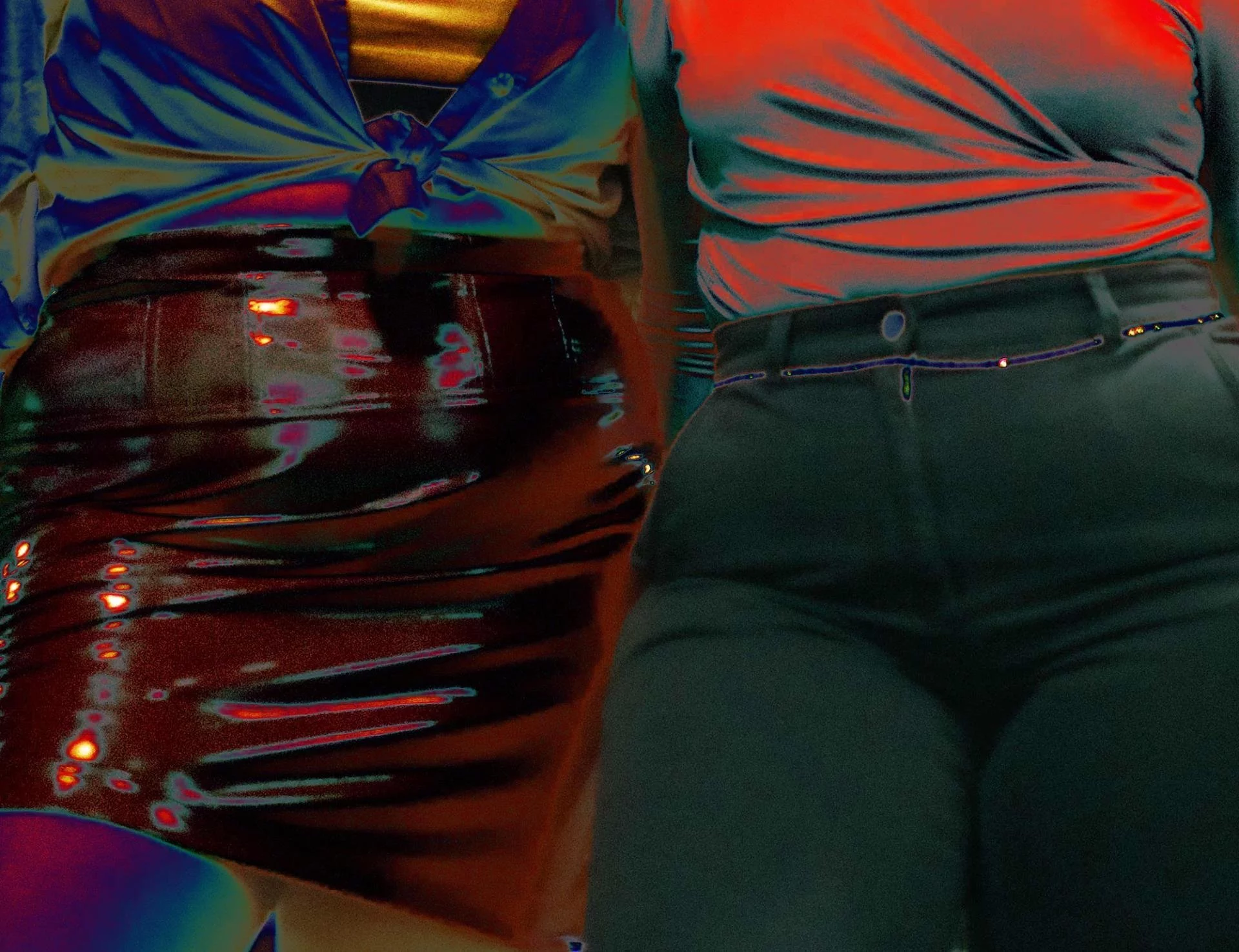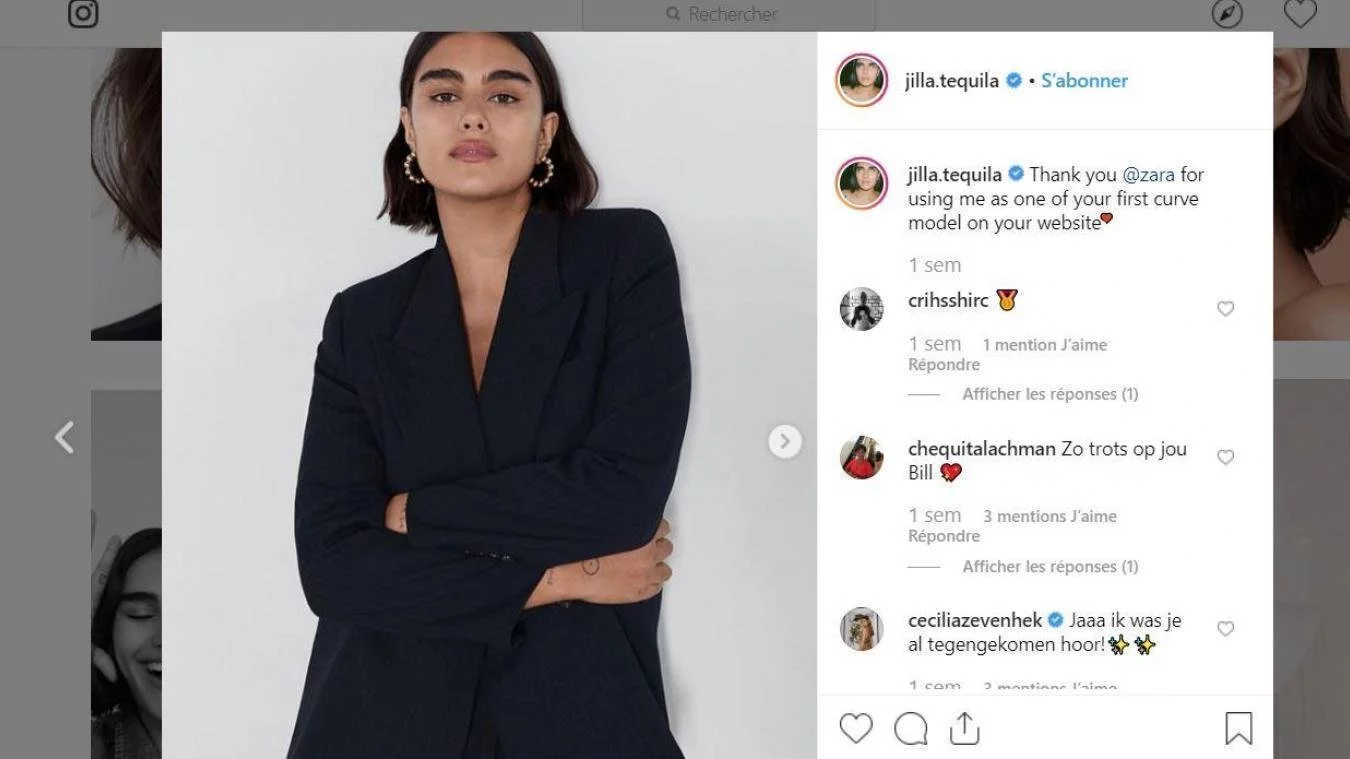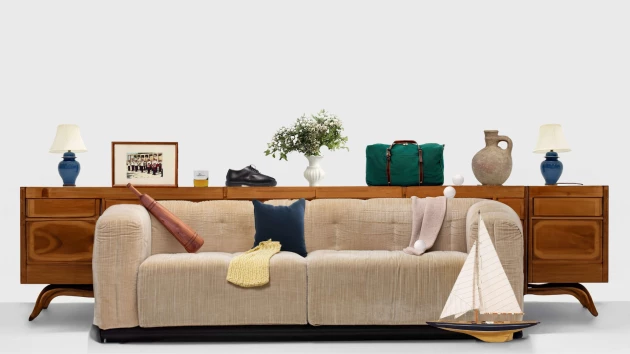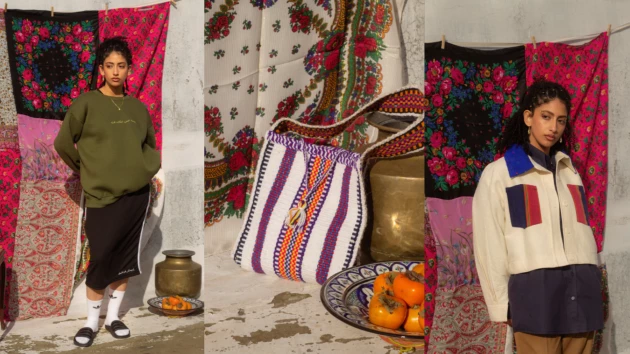
We celebrate the difference
The gap between fast fashion and curvy women
3 min read — Apr 12, 2021
For many, dressing up is a pleasure, leisure. On the other hand, we can't imagine how much of a drama it can be for a woman not to be able to dress as she wishes while it is easy to see on a daily basis that it is difficult to find good basics in a plus size model, the question that remains unanswered is: why?
Especially since fashion designers have started to include plus-size models in their catwalks.
Yet, in the world of fast fashion, it is not a surprise that this is are a real taboo subject. Not a photo appears without being ultra-retouched, to remove any stains or creases on the skin. For the designers, The issue of plus size is simply not being considered. What women want is simply to have a choice. To find sizes from 36 to 60 (European size) and that everyone can find what suits her best. But it is precisely the label "Plus size" which can disturb certain customers. We can also ask the question of the use of the term "plus-size" in fast fashion. We don't talk about plus-size makeup, or plus-size hairstyles when it comes to round faces... So women don't want to be pigeonholed. But first, let's define the fast fashion phenomenon: It appeared in the 90s, notably popularized by the multinational Inditex (Zara, Pull & Bear, Massimo Dutti, Stradivarius, Oysho, Bershka) or the H&M group. The concept of fast fashion is to quickly, frequently, and inexpensively produce micro-trends seen on the catwalks to make them accessible to the general public. In this way, we no longer produce only Spring/Summer and Fall/winter collections, new products arrive every month. Thus, the goal is to encourage consumers to renew their wardrobe constantly. The point that most frightens fast fashion brands is to "break" their image by offering clothes to the rounds. As if curves could not be enhanced by beautiful clothes. It is also for this reason that models are known as "large sizes" rarely exceed the 44. However, for her 2019 spring/summer collection, Zara has tried to put on a good face by choosing Jill Kortleve; a Dutch model who is a size 40-42, but has attracted the wrath of its customers who were indignant, denouncing the hypocrisy of the brand that uses the term "round" for a model whose physique corresponds to that of the average of its customers. Especially since she was photographed in a loose and flowing black pantsuit as if they were precisely trying to hide her forms.

The fact that, when we ask the question to clothing designers, several issues are addressed. First, the morphology of curvy women is more complex than those of smaller sizes. It is almost impossible to find two curvy women with the same morphology for a large size. Moreover, it is not enough to take a pattern and add extra centimeters and hope that it works: from size 46, you have to review the cuts, and the patterns often have to be completely revised from size 52. Plus-size fashion requires expertise: which means more work, and therefore higher prices. Then there are more technical problems: Large size means more fabrics. Between the additional manufacturing cost, the fabrics to buy in larger quantities, and the fear of not being able to sell, which would lead to new additional costs for storage, few brands really dare to address the issue of plus sizes. And then, in the collective subconscious, even if it is not said, it cannot be acceptable to remain fat. The curvy woman is considered as being in transit in a body that she will "bring into line". There is therefore no reason to be interested in her since it is only a temporary condition. For some, it is something else. The curvy woman would not be interested in fashion and would be more preoccupied with finding solutions to lose weight. Here again, there would be no interest in these women for fashion. This idea is unfortunately widespread especially when it is said by influential people in fashion. We remember Karl Lagerfeld and his famous line: "Nobody wants to see fat women on the catwalk".Fortunately, since then, even those brands that once denigrated large size, have begun to move. Mango started with its collection Violeta where sizes from 40 to 52 are available. Zara has followed the movement with a small collection but up to size 46 only. A small step even if nothing is yet won.




